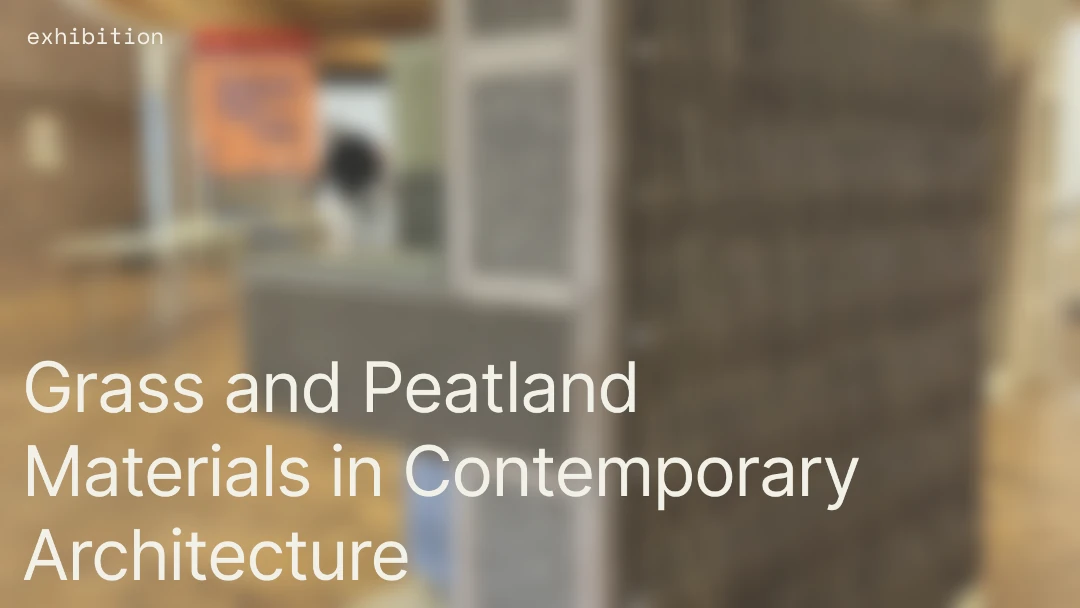Whilst it's no secret that the building industry is one of the biggest emitters concerning CO2 emissions, it's also no secret that the building industry requires the urgent upscaling and increased market availability of material alternatives. It's true, there are a number of fantastic material innovations out there, yet it is critical to understand what we have available on the market today.
Timber is considered by many to be one of the most promising alternatives to be implemented at scale for both load-bearing and non-load bearing purposes. As we discussed in Fighting Monocultures: Should Fast-growing Biogenic Materials Replace Timber? timber may have its benefits (such as versatility, strength, and its ability to sequester carbon) yet the adequate conditions necessary to sustain growth and simultaneously match product demand are becoming increasingly difficult to meet.
There are limited forests from which to source timber from in Europe, and as module A4 (Transportation to site) is gradually introduced in legislative requirements, the source location of timber will become increasingly important. An easy choice perhaps for certain parts of the world where forests are abundant (like Finland and Sweden) but not the one-size-fit-all solution we so desperately want it to be.

Download the bio-based companion here.
Bio-based materials: what else is out there?
As building industries across the world react to new legislative requirements, so too are manufacturers. A number of alternative, bio-based solutions are gradually coming onto the market, especially with applications such as thermal and/or acoustic insulation and cladding. Some of these include Hemp, Straw, Cellulose Fibres (plant-based), Eelgrass, Sheep Wool, with an increasing number of new bio-based materials made from Straw and Hemp.
1. Straw
While the historical (and fictional) use of straw has been mainly roofing, nowadays the technological advancements in production methods have made other applications possible: take the VestaEco LDF Boards for example. Here, densely compressed bundles of straw fibres create a board that can be applied as both thermal and acoustic insulation. Important to note: they're bio-based and contain no formaldehyde (you can check out the EPD here). Larger panels such as EcoCocon's Straw modules —pre assembled load-bearing twin stud frame with a straw infill unit consisting of wooden fibres, compressed straw diffusion-open membrane— are also growing in use, with EcoCocon pre-fabricating off-site to facilitate installation (www.ecococon.eu). As bio-based materials continue to grow in popularity, it's equally important to have access to its various applicability to ensure continued use across the building industry. EcoCocon for example, has been used in a variety of ways by Architects such as Henning Larsen and Andrew Michler.

2. Hemp
Hemp can be applied in similar ways to straw as a thermal and acoustic insulator, able to be compressed to form bricks (when combined with binding agents) and insulation boards. Like many emerging bio-based materials, the possibilities are only just being explored, with Ekolution and ISOHemp being just two producers of some fantastic new hemp-based construction products available on the market today.
For architects, exposure to these materials is key: exposure can lead to increased demand, which can facilitate the adoption of these solutions at scale across the industry. We've prepared a small example of some bio-based material for you to download here and are constantly updating our Material Innovation Hub where you can find new, innovative construction materials for free.




























